Shiying He
LiteWebAgent: The Open-Source Suite for VLM-Based Web-Agent Applications
Mar 04, 2025Abstract:We introduce LiteWebAgent, an open-source suite for VLM-based web agent applications. Our framework addresses a critical gap in the web agent ecosystem with a production-ready solution that combines minimal serverless backend configuration, intuitive user and browser interfaces, and extensible research capabilities in agent planning, memory, and tree search. For the core LiteWebAgent agent framework, we implemented a simple yet effective baseline using recursive function calling, providing with decoupled action generation and action grounding. In addition, we integrate advanced research components such as agent planning, agent workflow memory, and tree search in a modular and extensible manner. We then integrate the LiteWebAgent agent framework with frontend and backend as deployed systems in two formats: (1) a production Vercel-based web application, which provides users with an agent-controlled remote browser, (2) a Chrome extension leveraging LiteWebAgent's API to control an existing Chrome browser via CDP (Chrome DevTools Protocol). The LiteWebAgent framework is available at https://github.com/PathOnAI/LiteWebAgent, with deployed frontend at https://lite-web-agent.vercel.app/.
Local Life: Stay Informed Around You, A Scalable Geoparsing and Geotagging Approach to Serve Local News Worldwide
May 11, 2023Abstract:Local news has become increasingly important in the news industry due to its various benefits. It offers local audiences information that helps them participate in their communities and interests. It also serves as a reliable source of factual reporting that can prevent misinformation. Moreover, it can influence national audiences as some local stories may have wider implications for politics, environment or crime. Hence, detecting the exact geolocation and impact scope of local news is crucial for news recommendation systems. There are two fundamental things required in this process, (1) classify whether an article belongs to local news, and (2) identify the geolocation of the article and its scope of influence to recommend it to appropriate users. In this paper, we focus on the second step and propose (1) an efficient approach to determine the location and radius of local news articles, (2) a method to reconcile the user's location with the article's location, and (3) a metric to evaluate the quality of the local news feed. We demonstrate that our technique is scalable and effective in serving hyperlocal news to users worldwide.
What's happening in your neighborhood? A Weakly Supervised Approach to Detect Local News
Jan 15, 2023



Abstract:Local news articles are a subset of news that impact users in a geographical area, such as a city, county, or state. Detecting local news (Step 1) and subsequently deciding its geographical location as well as radius of impact (Step 2) are two important steps towards accurate local news recommendation. Naive rule-based methods, such as detecting city names from the news title, tend to give erroneous results due to lack of understanding of the news content. Empowered by the latest development in natural language processing, we develop an integrated pipeline that enables automatic local news detection and content-based local news recommendations. In this paper, we focus on Step 1 of the pipeline, which highlights: (1) a weakly supervised framework incorporated with domain knowledge and auto data processing, and (2) scalability to multi-lingual settings. Compared with Stanford CoreNLP NER model, our pipeline has higher precision and recall evaluated on a real-world and human-labeled dataset. This pipeline has potential to more precise local news to users, helps local businesses get more exposure, and gives people more information about their neighborhood safety.
Design, Benchmarking and Explainability Analysis of a Game-Theoretic Framework towards Energy Efficiency in Smart Infrastructure
Oct 16, 2019

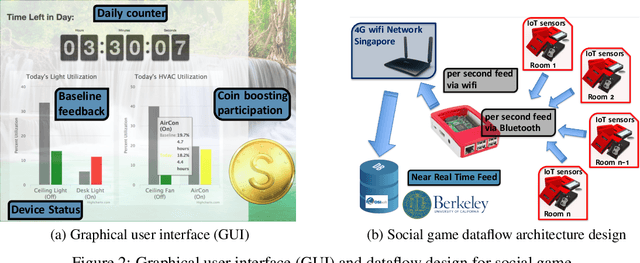

Abstract:In this paper, we propose a gamification approach as a novel framework for smart building infrastructure with the goal of motivating human occupants to reconsider personal energy usage and to have positive effects on their environment. Human interaction in the context of cyber-physical systems is a core component and consideration in the implementation of any smart building technology. Research has shown that the adoption of human-centric building services and amenities leads to improvements in the operational efficiency of these cyber-physical systems directed towards controlling building energy usage. We introduce a strategy in form of a game-theoretic framework that incorporates humans-in-the-loop modeling by creating an interface to allow building managers to interact with occupants and potentially incentivize energy efficient behavior. Prior works on game theoretic analysis typically rely on the assumption that the utility function of each individual agent is known a priori. Instead, we propose novel utility learning framework for benchmarking that employs robust estimations of occupant actions towards energy efficiency. To improve forecasting performance, we extend the utility learning scheme by leveraging deep bi-directional recurrent neural networks. Using the proposed methods on data gathered from occupant actions for resources such as room lighting, we forecast patterns of energy resource usage to demonstrate the prediction performance of the methods. The results of our study show that we can achieve a highly accurate representation of the ground truth for occupant energy resource usage. We also demonstrate the explainable nature on human decision making towards energy usage inherent in the dataset using graphical lasso and granger causality algorithms. Finally, we open source the de-identified, high-dimensional data pertaining to the energy game-theoretic framework.
A Deep Learning and Gamification Approach to Energy Conservation at Nanyang Technological University
Sep 25, 2018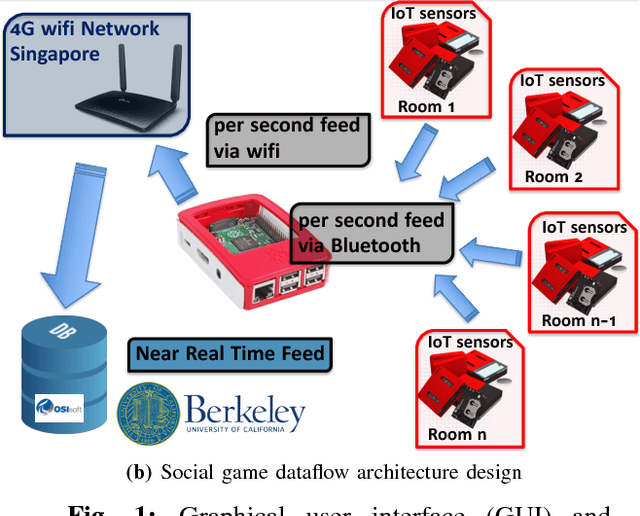
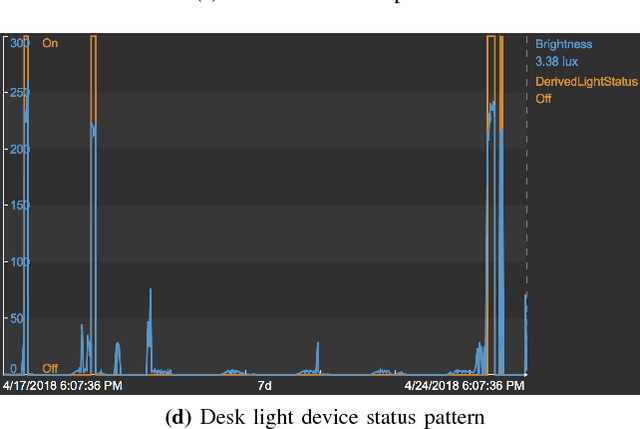
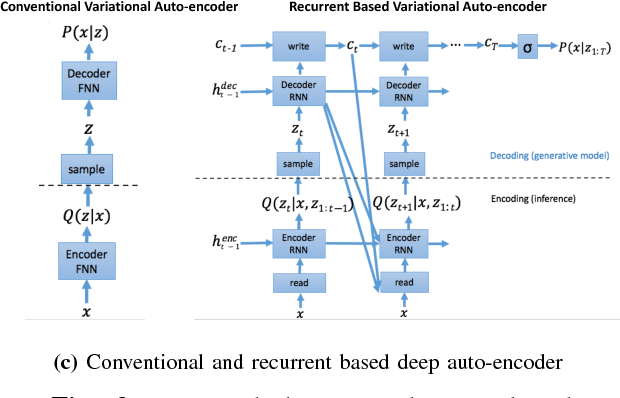
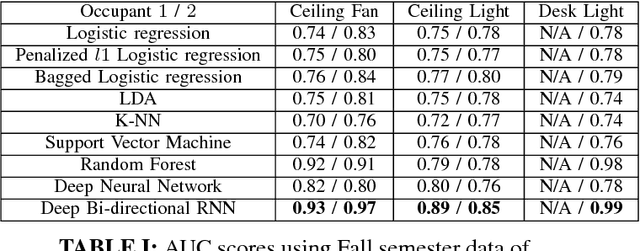
Abstract:The implementation of smart building technology in the form of smart infrastructure applications has great potential to improve sustainability and energy efficiency by leveraging humans-in-the-loop strategy. However, human preference in regard to living conditions is usually unknown and heterogeneous in its manifestation as control inputs to a building. Furthermore, the occupants of a building typically lack the independent motivation necessary to contribute to and play a key role in the control of smart building infrastructure. Moreover, true human actions and their integration with sensing/actuation platforms remains unknown to the decision maker tasked with improving operational efficiency. By modeling user interaction as a sequential discrete game between non-cooperative players, we introduce a gamification approach for supporting user engagement and integration in a human-centric cyber-physical system. We propose the design and implementation of a large-scale network game with the goal of improving the energy efficiency of a building through the utilization of cutting-edge Internet of Things (IoT) sensors and cyber-physical systems sensing/actuation platforms. A benchmark utility learning framework that employs robust estimations for classical discrete choice models provided for the derived high dimensional imbalanced data. To improve forecasting performance, we extend the benchmark utility learning scheme by leveraging Deep Learning end-to-end training with Deep bi-directional Recurrent Neural Networks. We apply the proposed methods to high dimensional data from a social game experiment designed to encourage energy efficient behavior among smart building occupants in Nanyang Technological University (NTU) residential housing. Using occupant-retrieved actions for resources such as lighting and A/C, we simulate the game defined by the estimated utility functions.
Super-resolution reconstruction of hyperspectral images via low rank tensor modeling and total variation regularization
Jan 23, 2016

Abstract:In this paper, we propose a novel approach to hyperspectral image super-resolution by modeling the global spatial-and-spectral correlation and local smoothness properties over hyperspectral images. Specifically, we utilize the tensor nuclear norm and tensor folded-concave penalty functions to describe the global spatial-and-spectral correlation hidden in hyperspectral images, and 3D total variation (TV) to characterize the local spatial-and-spectral smoothness across all hyperspectral bands. Then, we develop an efficient algorithm for solving the resulting optimization problem by combing the local linear approximation (LLA) strategy and alternative direction method of multipliers (ADMM). Experimental results on one hyperspectral image dataset illustrate the merits of the proposed approach.
 Add to Chrome
Add to Chrome Add to Firefox
Add to Firefox Add to Edge
Add to Edge